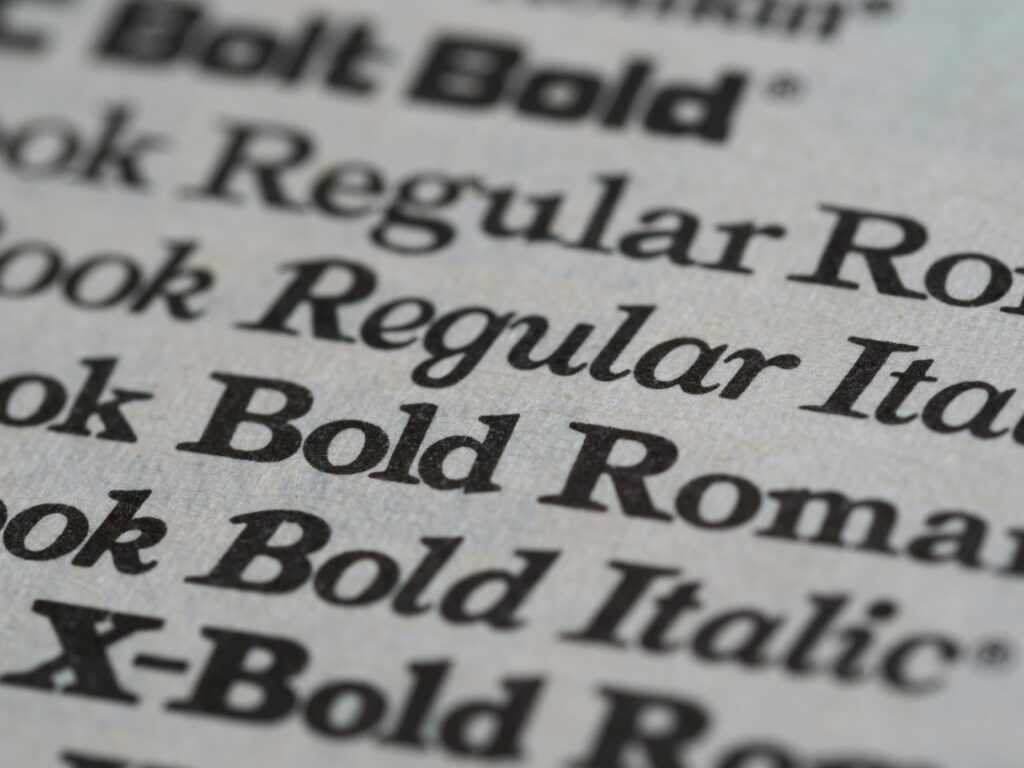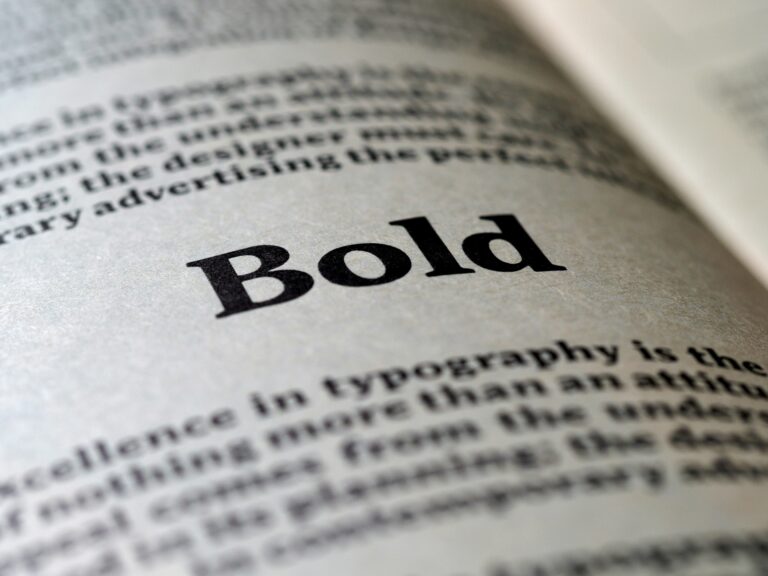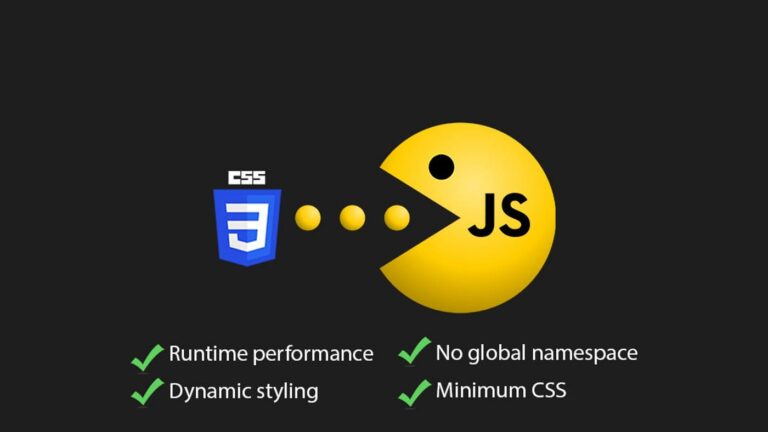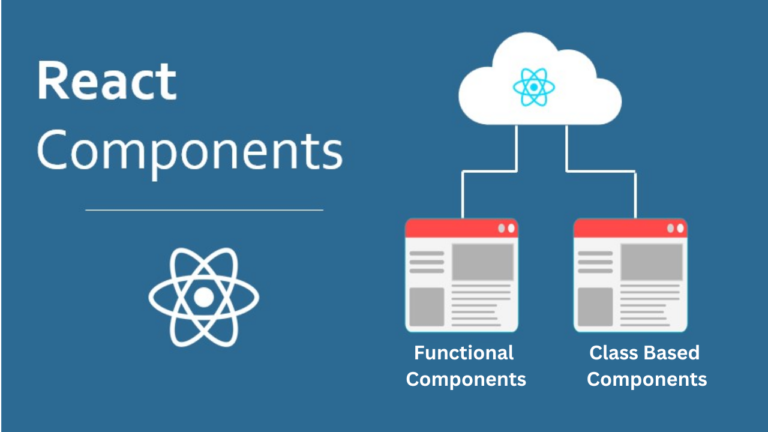A while back, I found an old typewriter at a flea market and decided to bring it home. When I typed on it, the letters came out slightly uneven, with a unique charm. I showed it to a friend, and she was amazed. “This font has so much personality,” she said.
That moment made me realize how much a font can impact the feel of words. In web design, typography isn’t just about making text readable—it’s about giving your content its own voice and making your website memorable.
Typography’s Role in User Experience
Typography is a fundamental element of user experience (UX) design. The right font choices can guide users through your website, improve readability, and even influence how visitors feel about your content. A well-chosen typeface can make your site feel professional, trustworthy, and inviting, while poor typography can lead to frustration and high bounce rates. Consider the hierarchy of your text—titles, subtitles, body text—and ensure that each level is distinct yet harmonious. The key is to strike a balance between aesthetics and functionality, making sure that your typography enhances the overall user experience rather than detracting from it.

The Impact of Typography on Brand Perception
Just like color, typography is a powerful tool in shaping how your brand is perceived. The typefaces you choose communicate your brand’s personality and values, often before a single word is read. For instance, a sleek, modern sans-serif font might convey innovation and simplicity, perfect for tech companies, while a classic serif font might suggest tradition and reliability, ideal for financial institutions. When selecting fonts, think about the emotions you want to evoke and how your typography aligns with your overall brand identity. Consistency is also key—using the same typography across all platforms helps reinforce your brand and create a cohesive visual identity.

Readability and Accessibility: Typography’s Double Duty
Readability and accessibility are critical considerations in web design, and typography plays a major role in both. Ensuring that your text is easy to read across all devices and for all users—including those with visual impairments—is essential for creating an inclusive website. Choose font sizes that are large enough to be read comfortably on both desktop and mobile screens, and pay attention to line spacing and letter spacing to avoid text that feels cramped. Additionally, consider color contrast between text and background to enhance readability. By prioritizing readability and accessibility, you not only improve the user experience but also reach a wider audience.

Typography and SEO: A Surprising Connection
While typography might not directly affect search engine rankings, it can have an indirect impact on your SEO efforts. Well-structured typography improves the readability of your content, which in turn can reduce bounce rates and increase the time users spend on your site—both of which are positive signals to search engines. Moreover, clear and organized typography makes it easier for search engines to crawl and index your site, particularly if you’re using headings and subheadings effectively. By considering typography as part of your broader SEO strategy, you can create a site that is both user-friendly and optimized for search engines.
Choosing the Right Typography for Your Website
Selecting the right typography for your website involves more than just picking a font that looks good. It’s about finding a typeface that aligns with your brand’s message, enhances readability, and supports the overall design. Start by considering your brand’s personality—is it modern, traditional, playful, or serious? Then, choose fonts that reflect these qualities. Also, think about how different typefaces will work together—often, pairing a serif with a sans-serif can create a visually appealing contrast. Lastly, test your typography choices on different devices to ensure they look great and function well across the board.

Wrapping Up Your Web Design Strategy with Typography
In conclusion, typography is a vital component of web design that influences everything from user experience to brand perception. By choosing the right fonts, creating a clear hierarchy, and ensuring readability, you can enhance your website’s overall effectiveness. Whether you’re aiming for a sleek, modern look or a classic, timeless feel, thoughtful typography choices will help you communicate your message clearly and make a lasting impression on your audience.






